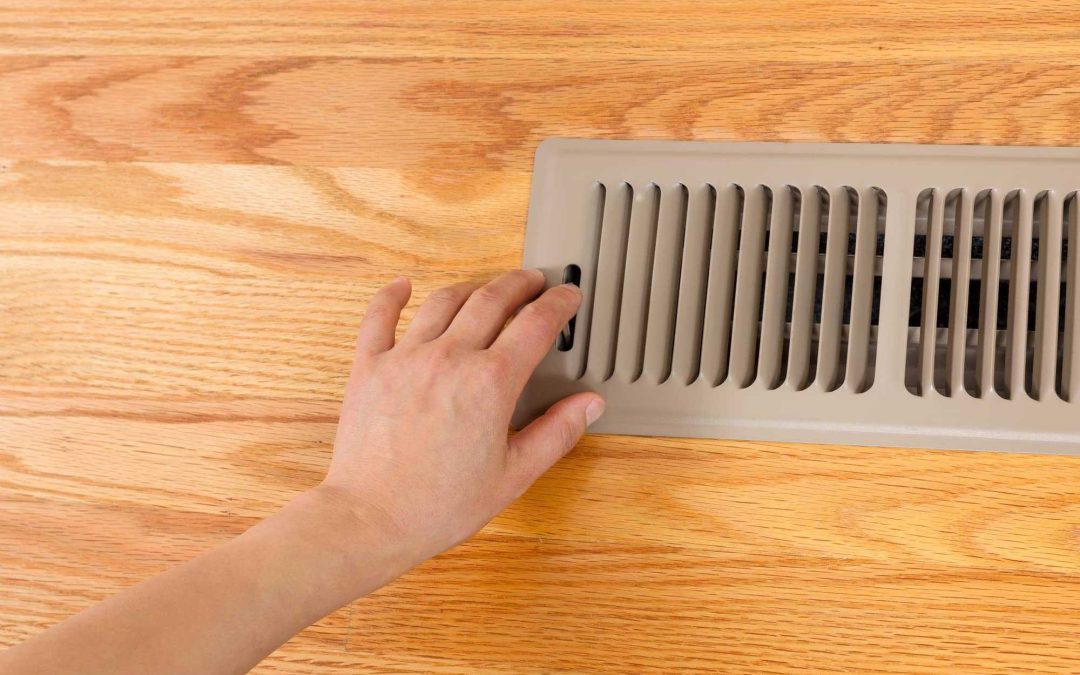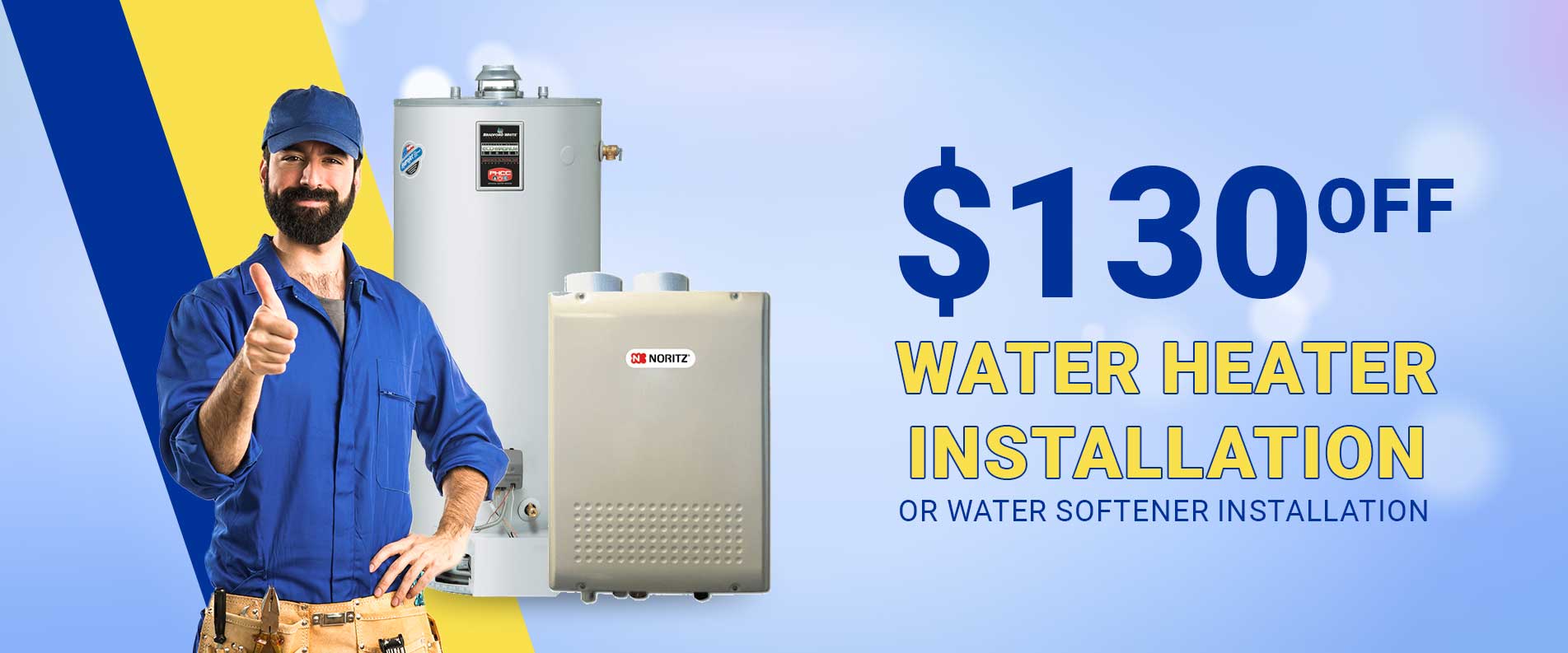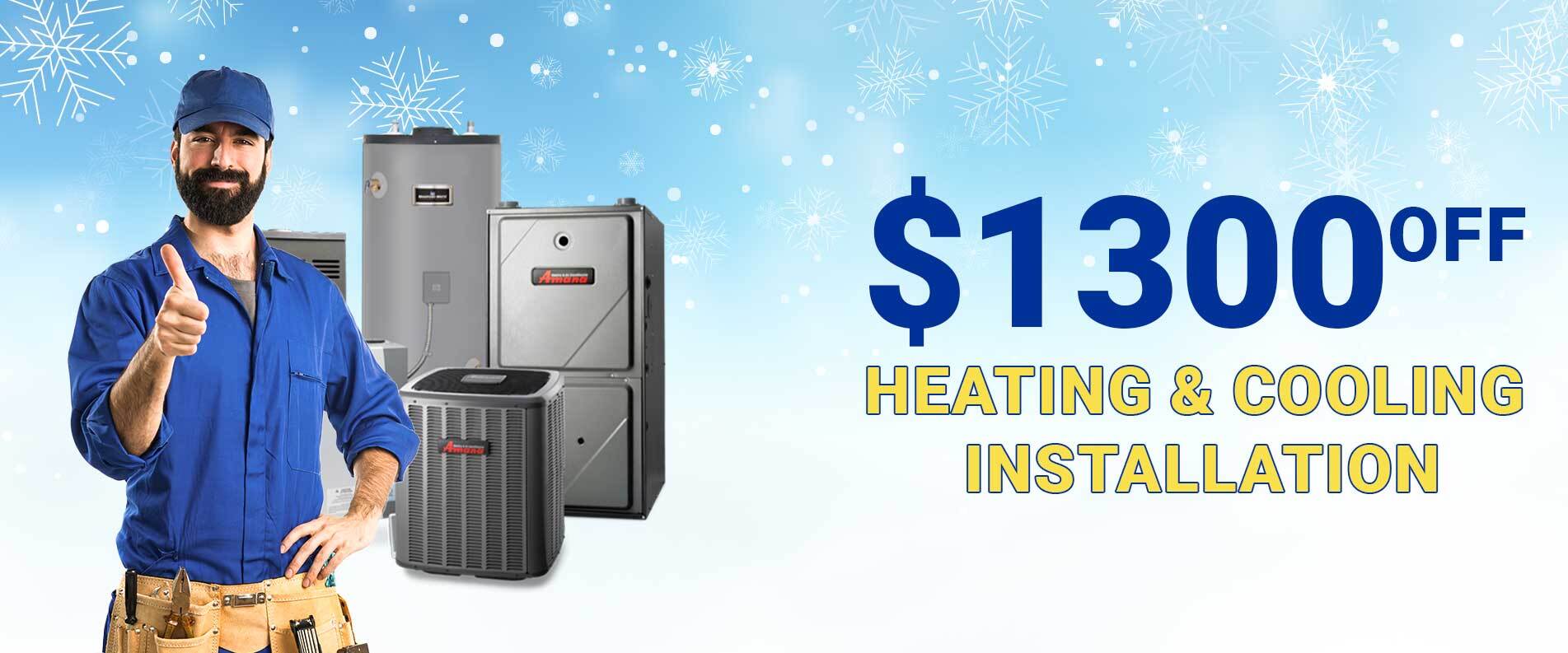Do you need your furnace to keep working all winter?
Just like your AC system, unless you perform regular maintenance it may fail. But unless you are a heating professional, this can seem like a pretty daunting prospect.
We are here to help. Read on for 7 furnace maintenance tips to help you keep on top of things.
1. Check Your Thermostat
Make sure that you’re checking your thermostat. Shut off the power and open the furnace doors. Give the furnace wires a little tug to ensure they’re tight and fitted right.
Then check the batteries in the thermostat and replace them if needed. If your thermostat is electro-mechanical then open the panel to give the coils and contact plates a light dusting. Make sure to use something small and soft, like a paintbrush to avoid damaging it. Make sure no direct sunlight hits the thermometer and there aren’t thinks like lamps near it. This can cause false readings.
2. Change Your Furnace Filter
Replacing the furnace filter helps keep your system efficient. When it gets clogged with dirt and dust it means your system has to work twice as hard. This, in turn, drives up your energy costs and increases your carbon footprint.
Changing it is quick and easy. If your filter is disposable, you can pick up a new one. If it’s reusable, then follow the care instructions to clean and dry it. There will be markings that tell you which side of the filter should be facing the furnace.
Follow this guide and slide the filter back in. If there is a cover, make sure you replace it. A handy tip is to keep a record of the date you changed it, you can mark it on a calendar or in a diary. This way you know when you need to change or clean it again.
3. Vacuum
Dust, debris, and dirt don’t only clog up the filters, they can damage the furnace as a whole. No matter how good your filters, over time dirt, dust and other debris will find its way into your furnace.
Like all electrical equipment, your furnace works best when it is clean. A covering of dust acts to insulate the electrical components, making them heat up above their operating temperature. As components become worn, you reduce the efficiency of your furnace and increase the risk of poor combustion.
While you can certainly keep the outside of your furnace free of debris, it is essential to have a professional to take care of the inside of your furnace.
3. Clean Your Vents
When cleaning up your furnace it is easy to overlook your vents. If they become blocked, it can become a fire a hazard.
After removing your vent covers, let them soak in warm, soapy water. You can then rinse them clean and set them to dry. Most metal covers are also dishwasher safe.
Using a long, flexible brush (special dryer vent brushes are excellent) give the walls of the ducts a hard scrub. This will dislodge any compacted dust.
After this, you can use your vacuum to remove the dust that the brushing loosened. A long flexible hose with a brush attachment is best for this. Repeat this process for all of your accessible ducts.
5. Lubricate The Motor Bearings
As a furnace has many moving parts, it is important that everything runs smoothly.
One of the main points of failure in your blower motor is the bearings. Improper lubrication is the main cause of bearing failure, so it is vital that you have your bearings checked and lubricated. This is particularly important if you have an older motor or one without sealed bearings.
This lubrication is important as it reduces friction and helps to protect against rust. The grease also helps to transfer heat away from the bearings, and stop dirt and other contaminants damaging them.
This is a job that requires both the correct type of lubricant and knowledge of the motor. Your furnace technician will check your lubricant during regular servicing.
6. Clean the Blower
The blower is the part of the furnace that moves the hot air around your vents. When heating your whole home, having your blower in top condition is important.
As air passes through the blower, the fans can become caked in dust. Over time, this increases the resistance on the blades. Not only does this increased load cause extra wear, but the reduced space between blades also reduces the amount of air the fan moves.
In order to clean the fan, your service technician will need to remove the entire blower from the furnace. They will then remove the fan from the blower, and clean each individual fan blade.
This will immediately boost the performance of the blower, and increase its lifespan.
7. Check The Flame Sensor
Your flame sensor is a thin, bent metal rod placed in front of the flame stream. It checks to make sure that there is a flame when the gas valve is open.
If it is dirty, it may no longer function properly. This can cause a major hazard. If the furnace keeps releasing gas after it is turned off, this will cause a build-up of dangerous gasses, endangering your family.
Modern furnaces shut off if the sensor does not detect a flame. While this makes them much safer, it means that if your sensor becomes too dirty your furnace will stop working.
The flame sensor is a delicate piece of equipment, so it is best to allow your service technician to clean the sensor. It is very easy to cause damage doing so yourself.
The Importance of Furnace Maintenance
If you follow these furnace maintenance tips, you will reduce the wear on your furnace and help it work as safely and efficiently as possible.
If your furnace is due a professional service, then schedule a service today. At Edwin Stipe, we have over 100 years experience of providing customers with the most cost effective service and equipment available.





